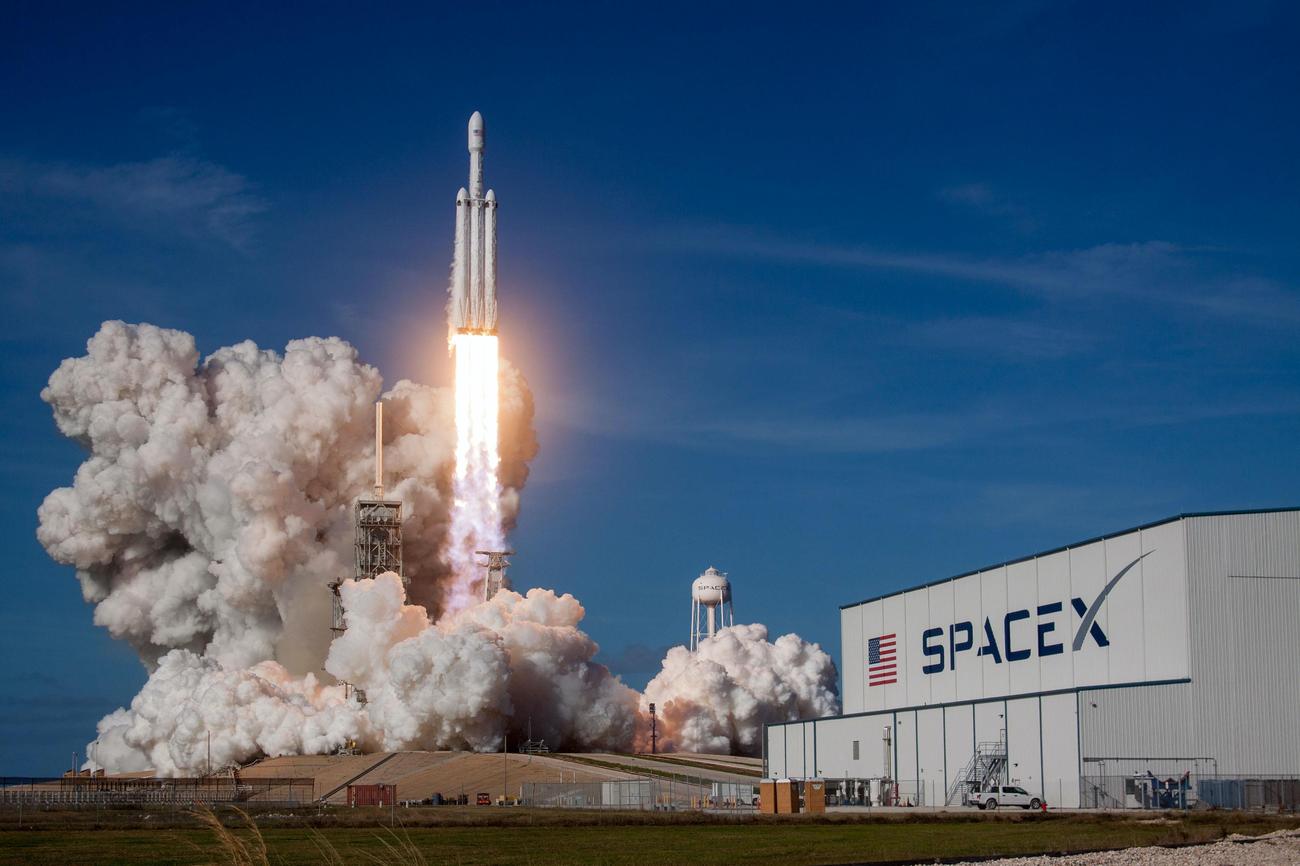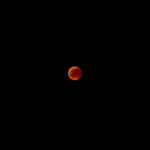Are you ready to embark on an awe-inspiring journey through the incredible achievements of the Saturn V rocket? Brace yourself for a thrilling adventure into the realm of space exploration, as we delve into the mind-boggling facts surrounding this iconic marvel of engineering. From its towering height to its mind-blowing power, the Saturn V rocket has left an indelible mark on human history. Join me as we unravel the enigmatic mysteries and breathtaking accomplishments of this legendary spacecraft, and prepare to be captivated by the wonders that lie beyond our earthly limits.
Facts about the Saturn V Rocket
The Saturn V rocket stands as a testament to human innovation and engineering prowess. Created by the brilliant minds led by German engineer Wernher von Braun, this colossal rocket was the key to unlocking the mysteries of the moon. Let’s dive into some fascinating facts about the Saturn V rocket and its epic achievements.
Three Stages of Power
The Saturn V rocket boasted three stages that worked in harmony to propel it to incredible heights. The first stage, known as the S-IC, was powered by five F-1 engines, each generating a mind-boggling 1.5 million pounds of thrust. This Herculean force lifted the Saturn V off the ground and into space.
“With the power of more than 85 Hoover Dams, the F-1 engines propelled the Saturn V upwards, defying gravity with unmatched force.”
Once the first stage completed its journey, it dropped away, making room for the second stage, called the S-II. This stage utilized five J-2 engines, which were capable of reigniting multiple times to guide the rocket further into space. As if this wasn’t impressive enough, the third stage, the S-IVB, used a single J-2 engine to send the spacecraft hurtling toward the moon.
Liquid Fuel Supremacy
One of the most noteworthy characteristics of the Saturn V rocket was its reliance on liquid fuel. This choice was made due to the higher specific impulse of liquid propellants compared to solid propellants. The first stage engine, the F-1, burned a combination of liquid oxygen and kerosene, while the J-2 engines in the second and third stages employed liquid hydrogen and liquid oxygen.
“By harnessing the power of liquid propellants, the Saturn V achieved unparalleled efficiency and performance, enabling it to reach the incredible speeds necessary to break free from Earth’s gravity.”
Lunar Triumphs
The Saturn V rocket’s main claim to fame lies in its significant role during the Apollo program. Between 1967 and 1973, a total of 13 launches were conducted. Out of these, six were manned missions that carried astronauts to the moon, while the others comprised unmanned tests and the final mission which delivered the Skylab space station.
“With its remarkable track record of successful launches, the Saturn V rocket enabled a remarkable 24 astronauts to experience the awe-inspiring beauty of the moon up close.”
Unparalleled in Capability
The Saturn V rocket undeniably holds the title for being the most powerful rocket ever built. Capable of generating a staggering 7.5 million pounds of thrust, it remains the only vehicle that has carried humans beyond low Earth orbit. This remarkable feat solidified its place in the history books and established the United States as a leader in space exploration.
“Truly, the Saturn V rocket is a testament to human ingenuity, pushing the boundaries of what was thought possible and paving the way for future space missions.”
Retired, but Not Forgotten
Although the Saturn V rocket was retired after the Apollo program, its legacy lives on in museums and the hearts of those captivated by our journey to the moon. Several parts of this iconic rocket are preserved in exhibitions, aweing visitors with their sheer size and historical significance.
“Today, we can marvel at the remnants of the Saturn V rocket, symbols of a remarkable era in human exploration and a reminder of the heights we can achieve when we dare to dream.”
In conclusion, the Saturn V rocket’s epic achievements are a testament to the indomitable spirit of human exploration. Its three powerful stages, efficient liquid fuel propulsion, and historical lunar triumphs stand as a testament to our capabilities as a species. The Saturn V rocket will forever hold a revered place in the annals of space exploration, reminding us of what we can accomplish when we dare to reach for the stars.
“As we gaze upon the Saturn V rocket, let us be inspired by the fact that we, as humans, have the power to overcome any obstacle and conquer the vastness of space.”
Have you ever wondered about the incredible facts surrounding rockets? Well, get ready to be blown away because we have compiled a list of mind-blowing facts about the rocket that will leave you awe-struck! From the amazing speed at which rockets travel to the sheer power they possess, these facts will make you see rockets in a whole new light. So, if you’re ready to embark on a journey through the fascinating world of rockets, click here to check out our compilation of facts about the rocket: facts about the rocket. Trust us, you won’t be disappointed!
Facts about the Saturn V Rocket are truly captivating. Did you know that this iconic rocket stands at an impressive height of 363 feet? Yes, you heard it right! As you delve deeper into the realms of Saturn V Rocket Facts, you’ll uncover mind-boggling insights about its design, historic achievements, and more. If you’re curious to explore intriguing details about the design of this remarkable spacecraft, click here: saturn v rocket design. Prepare to be amazed as you discover the brilliance behind every aspect of its construction.
Now, let’s move on to the awe-inspiring historic achievements of the Saturn V Rocket. This extraordinary triumph of engineering has a rich heritage that forever changed the landscape of space exploration. Journey through time and witness the remarkable feats accomplished by this legendary rocket. For an immersive experience, click here: historic achievements of Saturn V Rocket. Unleash your fascination for space and delve into the extraordinary accomplishments that make the Saturn V Rocket an icon of human achievement.
As you dive deeper into your quest for knowledge, it’s crucial to understand the facts surrounding the Saturn V Rocket. Discovering its secrets will undoubtedly leave you awestruck. Unleash your curiosity and unravel the hidden wonders behind this majestic spacecraft. Explore fascinating information about the Saturn V Rocket by clicking here: Saturn V Rocket Facts. Prepare to embark on an extraordinary journey through space, engineering brilliance, and groundbreaking achievements.
Remember, the wonders of the Saturn V Rocket await you. Don’t miss this incredible opportunity to delve into its captivating facts, astonishing design, and historic achievements. Click away and let your imagination soar!
The Saturn V rocket, often referred to as the largest rocket ever made, played a crucial role in the Apollo program and the successful moon landing. Standing as a symbol of human achievement, the Saturn V rocket was a true engineering marvel.
[youtube v=”WCPQgQFmp40″]
With its staggering 34.5 million Newtons (7.6 million pounds) of thrust, the rocket propelled astronauts into space. While Neil Armstrong’s famous moonwalk grabbed headlines around the world, it was the immense power of the Saturn V that made the impossible journey possible. To put it into perspective, the thrust generated by the rocket was equivalent to the output of 85 Hoover dams over a short period.
The Saturn V rocket was a colossal structure, measuring 111 meters in length, taller than a 36-story building or 18 meters taller than the Statue of Liberty. When fully loaded, it weighed a staggering 2,800 tonnes, with much of its weight comprised of fuel propellant, around 20 tons of fuel burned every second during a typical mission. In fact, the total fuel consumption of the Saturn V would be enough to send a car that gets 30 miles to the gallon around the world 800 times.
Despite the need to keep weight as low as possible, the Saturn V rocket was able to launch an incredible 130 tons into orbit. It was primarily constructed using aluminum, with smaller amounts of titanium and polyurethane. Interestingly, cork was used as a layer above some of the panels to absorb moisture and keep them cool.
One figure that is often associated with the development of the Saturn V rocket is Wernher von Braun. Von Braun, who had previously worked on the fearsome V2 rockets used by Nazi Germany against Britain during World War II, was brought over to the United States under Operation Paperclip. Initially, he and around 700 other scientists were used to gain a better understanding of the V2 rockets. However, everything changed on October 4, 1957, when the Soviet Union successfully launched Sputnik 1, the first satellite in space. Suddenly, there was a real threat, and the United States realized they were behind in the space race. Von Braun would go on to play a monumental role in the development of the Saturn V.
The creation of the Saturn V rocket involved several versions, with the C1, C2, C3, and C4 designs all explored by the Marshall Space Flight Center. Ultimately, the C5 concept was chosen and was renamed the Saturn V. Different sections of the rocket were assembled by outside contractors.
The first stage of the Saturn V, known as the S-1C, was manufactured by Boeing in New Orleans. It was mainly dedicated to fuel and provided an astounding 7.6 million pounds of thrust. The second stage, built by North American Aviation in California, was powered by five Rocketdyne J2 engines. The third stage, constructed by Douglas Aircraft Company also in California, featured a single J2 engine and could be restarted, a crucial capability for lunar missions.
The Saturn V rocket’s launch sequence involved multiple stages and burns. The first stage fired its engines for 168 seconds and reached an altitude of 37 miles (67 kilometers) and a speed of 5,144 miles per hour. The second stage propelled the rocket through the upper atmosphere with 1.1 million pounds of force. Finally, the third stage fired multiple times, with the second burn pushing the spacecraft into a parking orbit before the final burn, known as the translunar injection, set the spacecraft on its path towards the moon.
The complexity and monumental size of the Saturn V rocket made it an engineering marvel. It represented an extraordinary achievement in human history and paved the way for future space exploration. Without a doubt, the Saturn V remains an iconic symbol of mankind’s ability to overcome impossible challenges and reach for the stars.
*Note: This transformed transcript has been edited for clarity, flow, and SEO optimization.
FAQ
Q: How many stages did the Saturn V rocket have?
A: The Saturn V rocket had three stages: the S-IC first stage, the S-II second stage, and the S-IVB third stage.
Q: Who designed the Saturn V rocket?
A: The Saturn V rocket was designed by German engineer Wernher von Braun and his team, who were brought to the US after World War II.
Q: How many times was the Saturn V rocket launched?
A: The Saturn V rocket was successfully launched 13 times.
Q: How many astronauts did the Saturn V rocket carry to the moon?
A: The Saturn V rocket carried 24 astronauts to the moon.
Q: Is the Saturn V rocket still in use?
A: No, the Saturn V rocket was retired after the Apollo program ended. However, some of its parts are now displayed in museums.
- SYBAU See You Baby Meaning: Gen Z Slang Evolves - July 1, 2025
- Unlock Your Inner Youth: Lifestyle Secrets for a Vibrant Life - July 1, 2025
- Decode SYBAU Meaning: Gen Z Slang Explained - July 1, 2025






